Envoy to Tang “Kentoshi” -Seeking the latest culture and Buddhism on the continent「遣唐使」〜大陸の最新文化と仏教を求めて〜
Envoy to Tang”Kentoshi” was dispatched to Tang (currently China) 16 times from 630 to 894.The aim was to import the latest legal system and cultural artifacts from Tang, where culture and politics had greatly developed.It contributed greatly to the development of Japanese politics, learning and religion (Buddhism).
「遣唐使」とは、630年から894年に中止されるまで16回に渡って唐(現在の中国)に送った使節のことです。目的は、文化や政治が大きく発展していた唐から、最新の制度や文物を輸入することでした。日本における政治、学問、宗教(仏教)の発展に大きく貢献しました。
Saicho learned Esoteric Buddhist teachings最澄が学んだ密教
In 804, both Saicho and Kukai learnend buddism in Tang (China), where the latest culture and politics had developed at the time.Saicho trained at Hieizan Enryakuji Temple, and was in a position to serve the Emperor.He was selected as a short-term international student, departed in July 804, and trained for about eight months from September.He returned to Japan in 805 after receiving the status of a successor to Shingon Esoteric Buddhism.In Japan, Shinfuku Kokushin-ji Temple was established as a sacred place in Kobe City, Hyogo Prefecture, and spread the Esoteric Buddhist teachings.
804年、最澄と空海はともに遣唐使として、当時、最新の文化と政治が発達していた唐(中国)に渡りました。最澄は比叡山延暦寺で修行を積み、「内供奉十禅師」という天皇に仕える役職に就いていました。遣唐使の短期留学生に選ばれ、804年7月に出発し、9月から約8ヶ月間、修行しました。805年真言密教の灌頂(かんじょう:後継者の儀式)を受け、日本に帰国しました。日本では、現在の兵庫県神戸市に能福護国密寺を霊場として創建し、密教を広めました。
Kukai is an unknown monk無名の僧侶だった空海
Kukai, as a long-term international student, boarded a ship different from Saicho and headed for Tang.The ship at that time could not reach the destination depending on the weather, and some of the ships sank.Kukai’s ship drifted to the south and, as a result, drifted to “Sekiganchin”.The villagers who saw the ragged crew were suspended for about 50 days, suspected of being pirates.Kukai wrote a petition to enter Tang on behalf of the Japanese ambassador.Kukai’s handwriting was very impressive and was recognized as a noble monk.And the villagers admitted to enter the Tang.
空海は長期留学生として、最澄とは別の船に乗り、唐を目指しました。当時の遣唐使船は、天候によっては目的地に到着できず、中には沈んでしまう船もあったようです。空海の乗った船は、大きく南に流された結果、福州長渓県赤岸鎮(せきがんちん)に漂流しました。荒れ果てた乗員を見たこの地の村人は、海賊の疑いをかけておよそ50日間待機させられました。入唐の嘆願書を遣唐大使に代わって空海が書いたそうですが、その文章と筆跡があまりにもすばらしいもので、高貴な僧侶であろうと認識され、入唐を認めらたそうです。
Kukai learned Esoteric Buddhist teachings空海が学んだ密教
Kukai later earned Esoteric Buddhist teachings from Keika at Chang’an, the then capital city of Seiryu-ji Temple.Keika Saw through that Kukai had received a lot of rigorous training before coming here, and taught Esoteric Buddhist teachings.Kukai was awarded the position of Ajari as a esoteric mentor and the Inheritance of Henjo Kongo (the name of Dainichi Nyorai).
空海はその後、当時の都、長安にある青龍寺で恵果(唐の皇帝三代に渡って師とされた高僧)から密教を学びました。恵果は空海がここに来るまでに多くの過酷な修行を積んできたことを見抜き、密教の奥義を教えました。空海はこの修業で密教の指導者として地位(阿闍梨)と遍照金剛(密教でいう大日如来の名)の灌頂を授かりました。
Kukai returned to Japan, usually shortening his 20-year study abroad period to two years.It seems that shortening the long-term study abroad was an act worthy of a punishment, but there was a feeling that Kukai had to spread esoteric education to Japan as soon as possible.Kukai learned the secret of esotericism in Chang’an and became the successor to Keika.Emperor Saga acknowledged Kukai and allowed him to return.
空海は通常、20年間の長期留学生としての予定を2年で終え、帰路につきました。長期留学の短縮は極刑に値する行為だったようですが、一刻も早く日本に密教を広めなければいけないという空海の思いと、長安で正統な密教を学び、恵果の後継者として授かった地位は、嵯峨天皇が即位した際に受け入れられました。


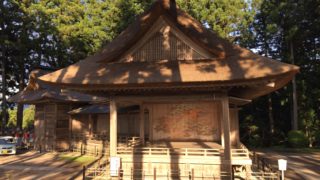

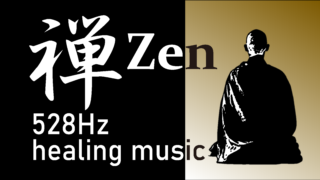
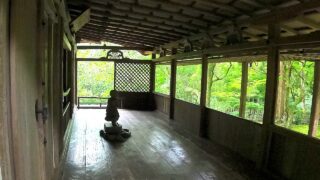
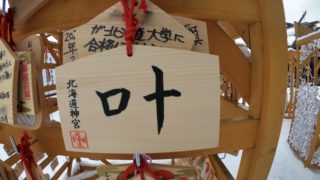
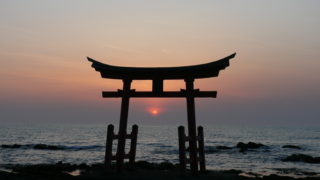
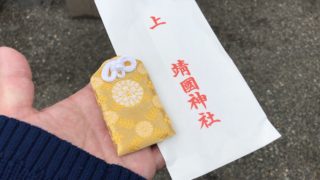

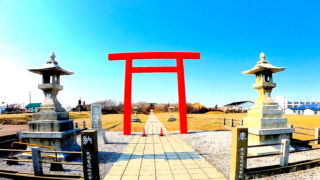
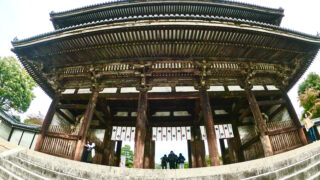
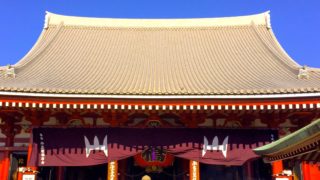
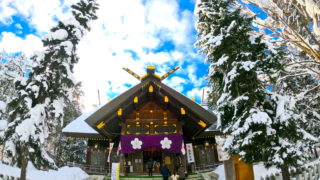


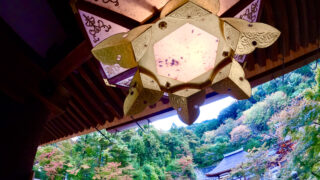
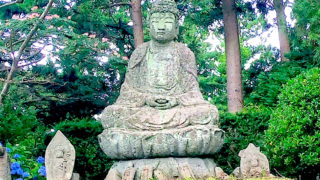



コメント